Speed to Market— Collapsing Cores Compress Design and Machining Time
What F&M Tool received back from Roehr Tool was much more than the mold manufacturer expected. “Roehr’s engineers designed the complete DT Core assembly and provided conceptual drawings of the mold base from the parting line back.”
F&M Tool and Die Co., Inc. (Leominster, MA)—a full service mold manufacturer from prototype to production for a number of industries—was asked by one of its customers to build two multi-cavity molds for a couple of large industrial parts. The parts were similar but different enough to warrant two individual molds. The two large, thick-walled parts had deep undercuts requiring massive side actions and internal threads that needed to be relieved. Each mold would weigh approximately 10,000 pounds.
According to F&M Tool and Die President/Owner Michael Gasbarro, the customer’s proprietary product line consists of mostly large, complex parts with slides and unscrewing mechanisms being the typical approach for the mold constructions. “The unscrewing mechanisms add to the complexity of both the mold design and build,” he emphasizes.
Gasbarro, having built several collapsible core molds in the past using both RT Series and Dovetail style (DT) cores from collapsible core manufacturer Roehr Tool (Hudson, MA), approached his customer with the thought of replacing the unscrewing mechanisms in these two new molds with DT Cores.
DT Cores are positive, mechanically actuated collapsible cores that eliminate complex gear and rack approaches—resulting in a simpler mold and a faster cycle time, notes Roehr Tool Engineering Manager David Helenius. Additionally, the DT Core’s compact design allows for shorter stack height, tighter cavity spacing, and also creates opportunities for use in slides or on the stationary side of the mold.
F&M’s customer listened to Gasbarro as he explained what he has found to be the benefits of collapsible cores and the customer discovered that they could build one of the tools with the “new to them” collapsible core product. The other tool would have to be built with their traditional methods since the collapsible cores were not suited for that tool without making changes to their part. Nevertheless the two projects turned out to be a great side-by-side, simultaneous case study comparing collapsible cores to traditional unscrewing mechanisms.
Multiple Benefits
It wasn’t long before the benefits of Roehr’s cores started to surface, notes Mark Girard, Chief Engineer at F&M Tool. “This customer’s molds are always a challenge to design—combining large side actions with unscrewing mechanisms in a multi-cavity mold,” he states. “So for the first tool, I started my typical mold design process, while at the same time sending the customer’s second part model to Roehr Tool for the design and engineering of the Dovetail collapsible cores.”
Compressed Mold Design Time
What F&M Tool received back from Roehr Tool was much more than the mold manufacturer expected. “Roehr’s engineers actually designed the complete DT Core assembly and provided me with conceptual drawings of the mold base from the parting line back,” Girard elaborates. “These drawings showed me the plate stack and thicknesses required—along with the operation and sequence required to function the cores. After some review of the concepts and an approval process, Roehr created a complete 3D model of the DT Core assembly, which I was able to take and drop right into my 3D mold design. Roehr’s assistance and upfront engineering took much of the guesswork out of the second tool’s mold design and saved us considerable time.”
Roehr Tool’s Helenius expands on Girard’s statements. “Over the past couple of years we have added to our engineering department, and are now able to supply new and repeat customers with a higher level of engineering and design support in relation to our products,” Helenius comments. “We are also now capable of supplying some customers with complete mold designs or mold retrofit designs in both 2D and 3D formats.”
Reduced Machining/Assembly Time
During mold build and assembly, more benefits of using the DT Cores became evident. “Although both molds required similar side action components, with the unscrewing mold, multiple components including racks, gears and hydraulic cylinders had to be manufactured, purchased and installed,” Gasbarro states. “With the DT Core mold, all of this was eliminated. The complexities are integral to the collapsible cores in a nice compact, modular assembly. The mold base machining became a matter of a few simple bores, pockets and tapped holes. Machining and assembly time between the two molds was reduced considerably.”
Easier Set-up and Start-up
And the benefits did not stop there. “When my customer received both molds, the first thing they noticed was the physical appearance comparing the two,” Gasbarro says. “Without the visual racks and hydraulics required with the unscrewing mold, the DT Core mold looked cleaner, more compact and was much easier to handle. Installation into the press, set-up and start-up times were also reduced with the collapsible core mold.” Additionally, Gasbarro notes that both molds started up and produced excellent looking, functional parts during the initial sampling, but a problem arose running the unscrewing tool, when one of the molder’s hydraulic fittings developed a leak.
Cycle Time Reduction
Gasbarro notes that the molded part’s thick walls—a cycle time limiter—means that the above comparison did not expose one of the major benefits of collapsible cores, which is cycle time reduction. “But, the other benefits realized right from the start—from engineering throughout the mold build and into production—should make a good case for anyone with an undercut or threaded application to consider Roehr Tool and their collapsible cores.”
“We will be the first to admit that collapsible cores are not suited for every application and if a customer sends us a part for review that would be a better fit with another method, we will certainly relay this opinion to the customer so that they can make the best decision for their product,” Gasbarro concludes. “However, DT Cores have secured our respect and a place in our mold building arsenal.”
For More Information
F&M Tool and Die, Inc. / (978) 537-0290
mike@fmtoolanddie.com / fmtoolanddie.com
Related Content
Hybrid Milling/Drilling Machine Reduces Total Mold Machining Time
MSI Mold Builders now squares, plus drills and taps eye-bolt holes on 50% of its tools in a single setup using a five-axis milling/drilling center with a universal spindle.
Read MoreQuickly Troubleshoot New Molding Defect with Moldfilling Software
SyBridge Technologies analyst compares original, new Moldflow process simulation results, solves molding defect without tool needing to be taken out of production.
Read MoreControl Helps Push the Limits of Five-Axis Micro Mold Machining Accuracy
Toolmaker quickly meets the demands of critical medical device manufacturers with a new five-axis machine tool equipped with the right control technology.
Read MoreCompact Mold Components are Critical to Keep Connector Program Cost-Competitive in North America
Molded Precision Components relied on Heitec compact hot runner, valve gate systems to enable a mold to fit in small press’ limited daylight opening.
Read MoreRead Next
A Collaboration to Put “Collapse” on the Rise
“The idea behind Demo Day was let’s not just talk about the benefits of c-core technology, let’s build a mold so people can see up close the true capabilities of the DT Core as it molds a typical cap.”
Read MoreHow to Use Continuing Education to Remain Competitive in Moldmaking
Continued training helps moldmakers make tooling decisions and properly use the latest cutting tool to efficiently machine high-quality molds.
Read MoreAre You a Moldmaker Considering 3D Printing? Consider the 3D Printing Workshop at NPE2024
Presentations will cover 3D printing for mold tooling, material innovation, product development, bridge production and full-scale, high-volume additive manufacturing.
Read More
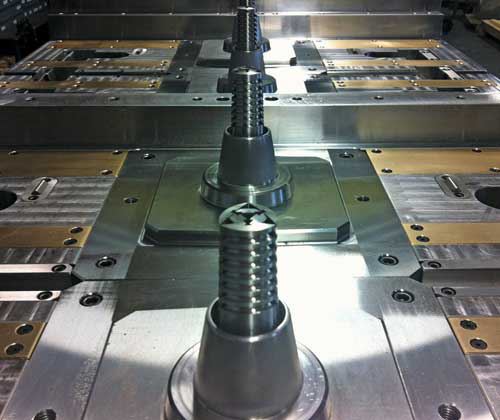
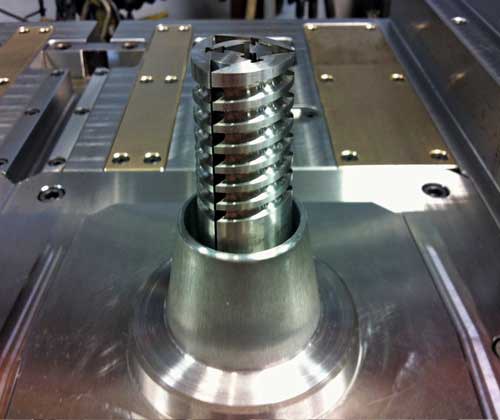
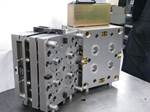







.jpg;maxWidth=300;quality=90)






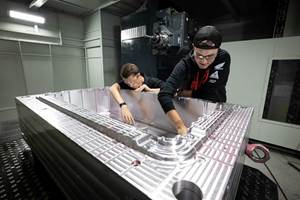
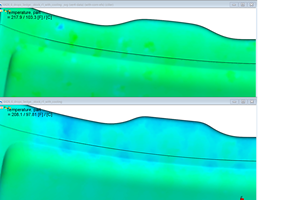

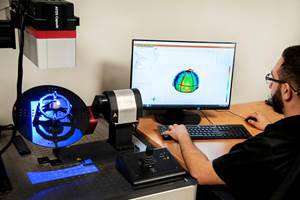



.jpg;maxWidth=970;quality=90)